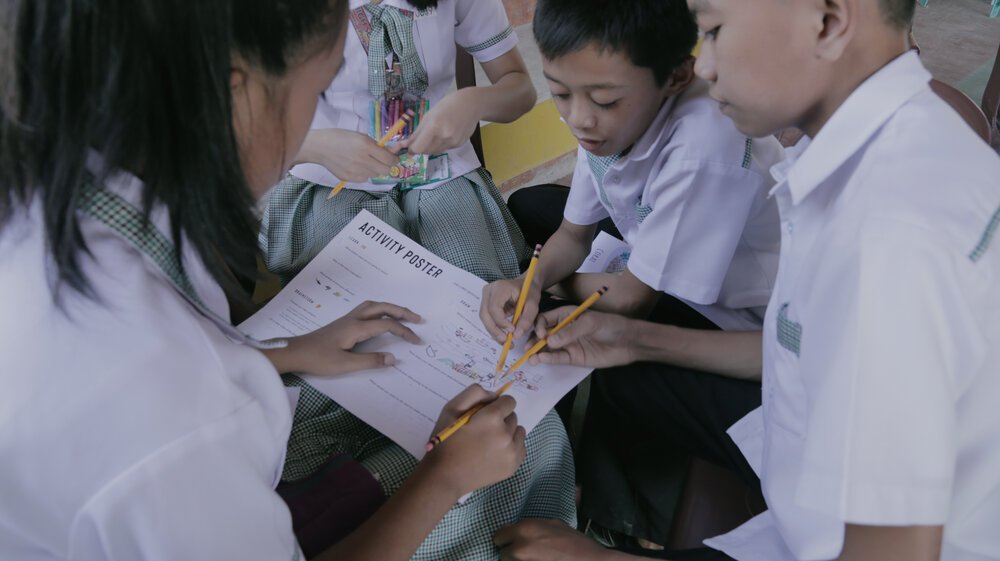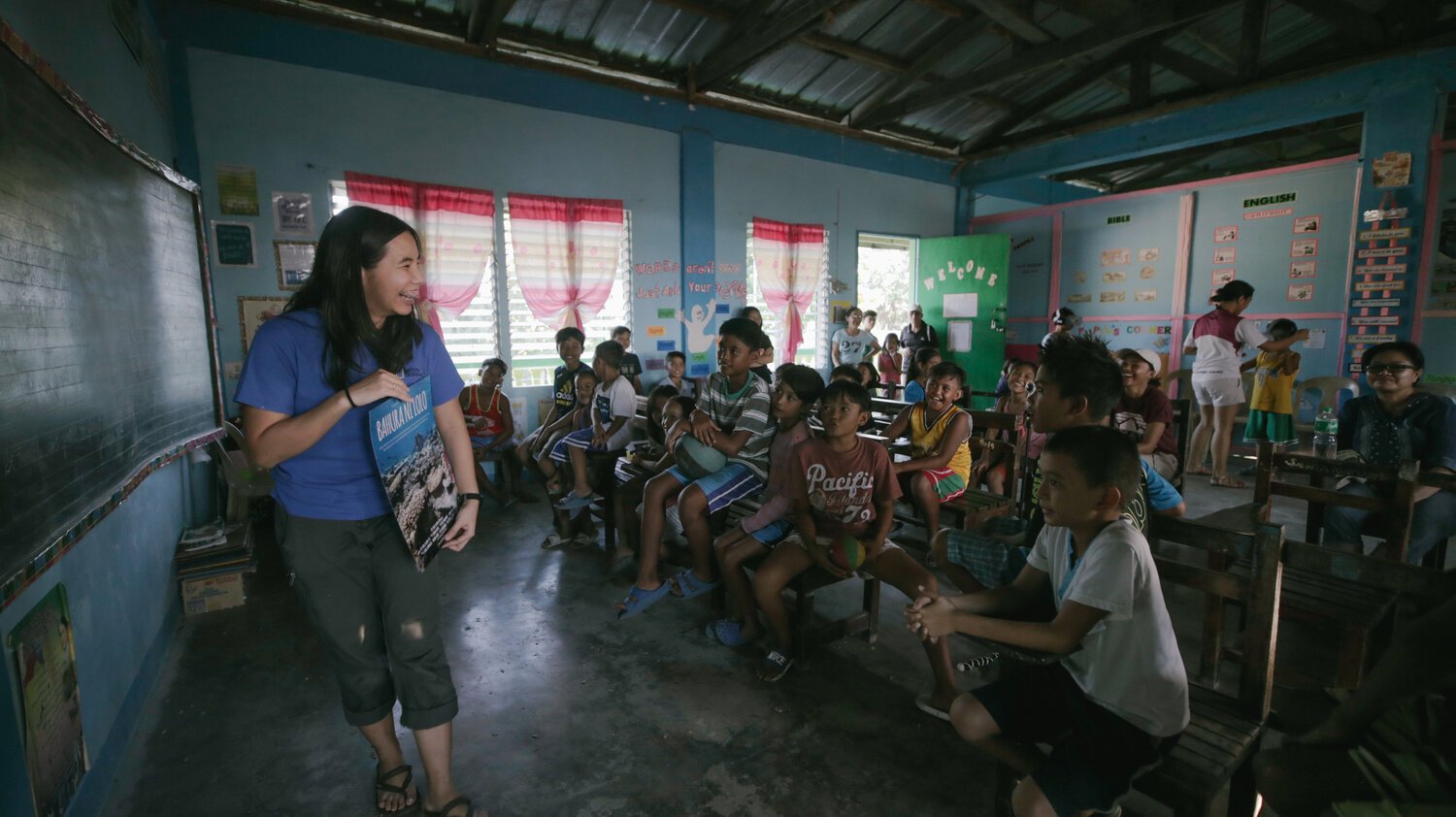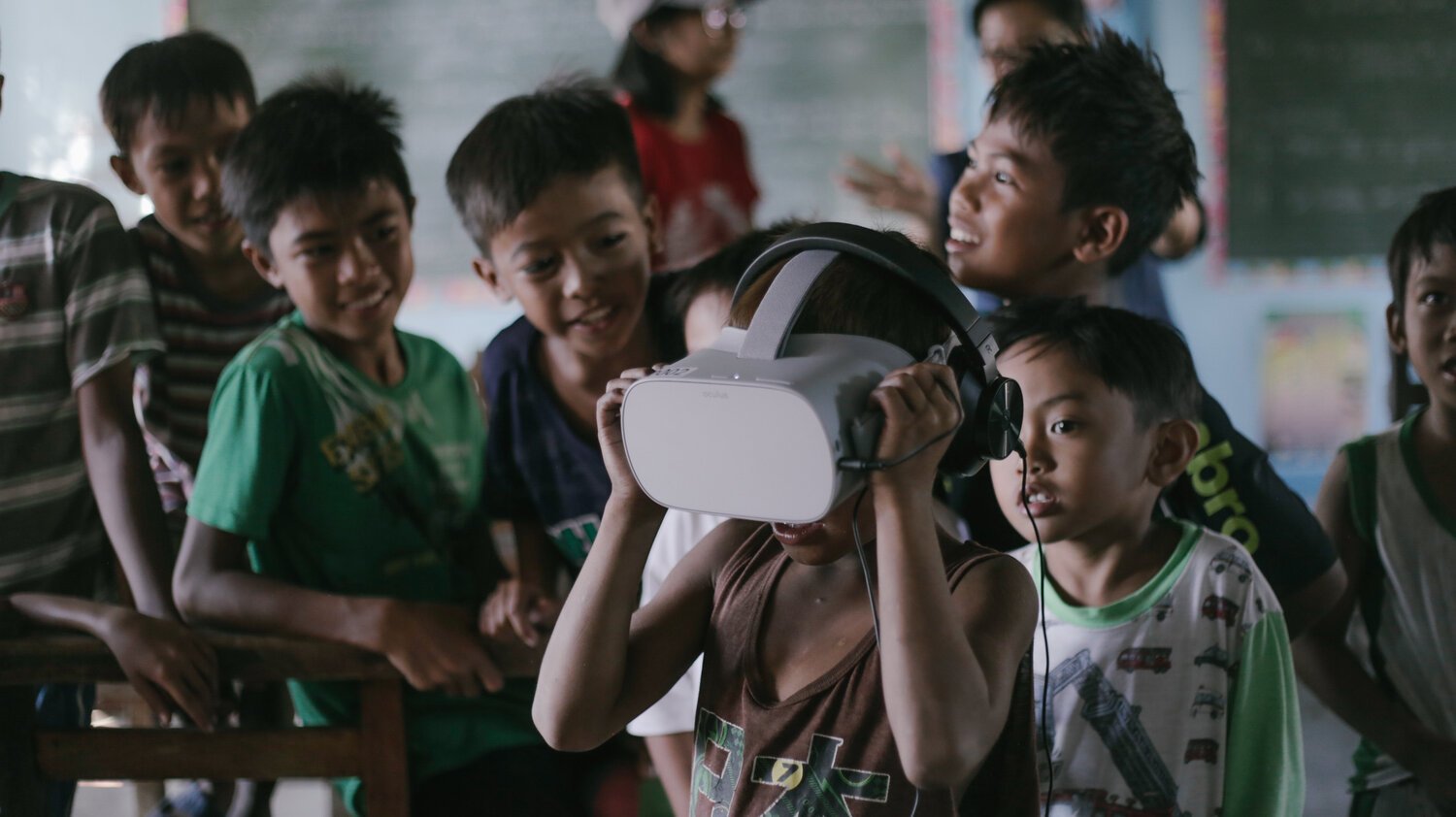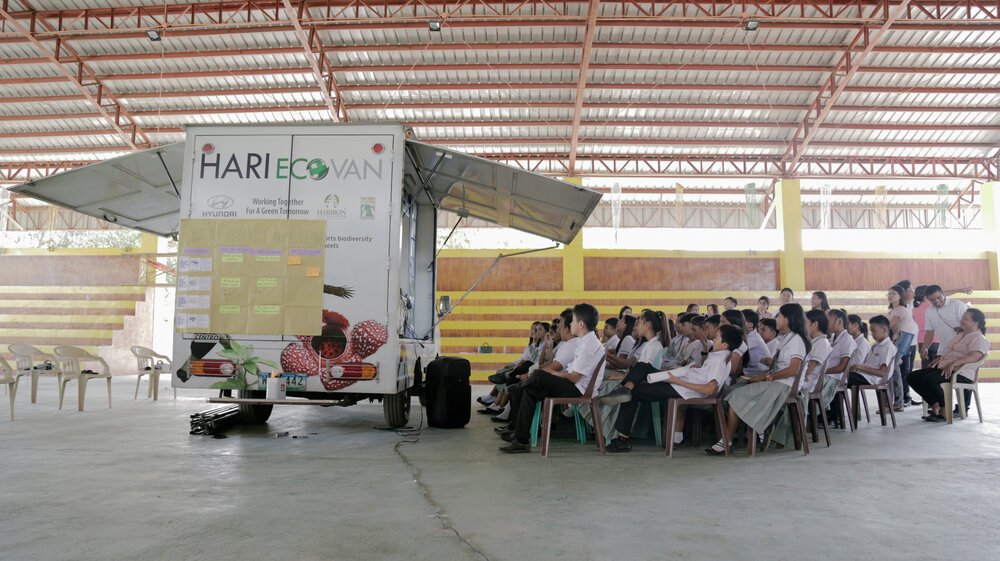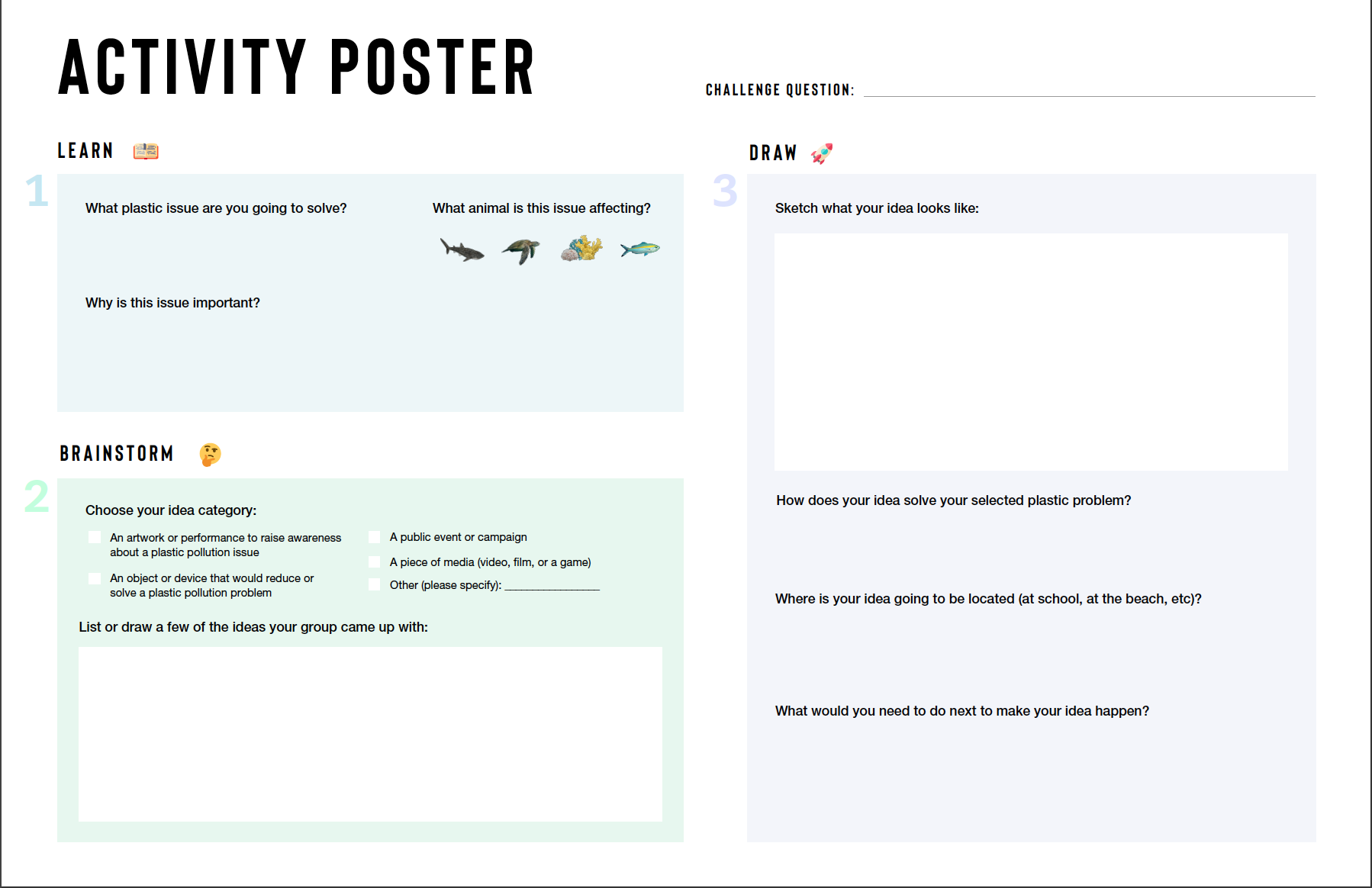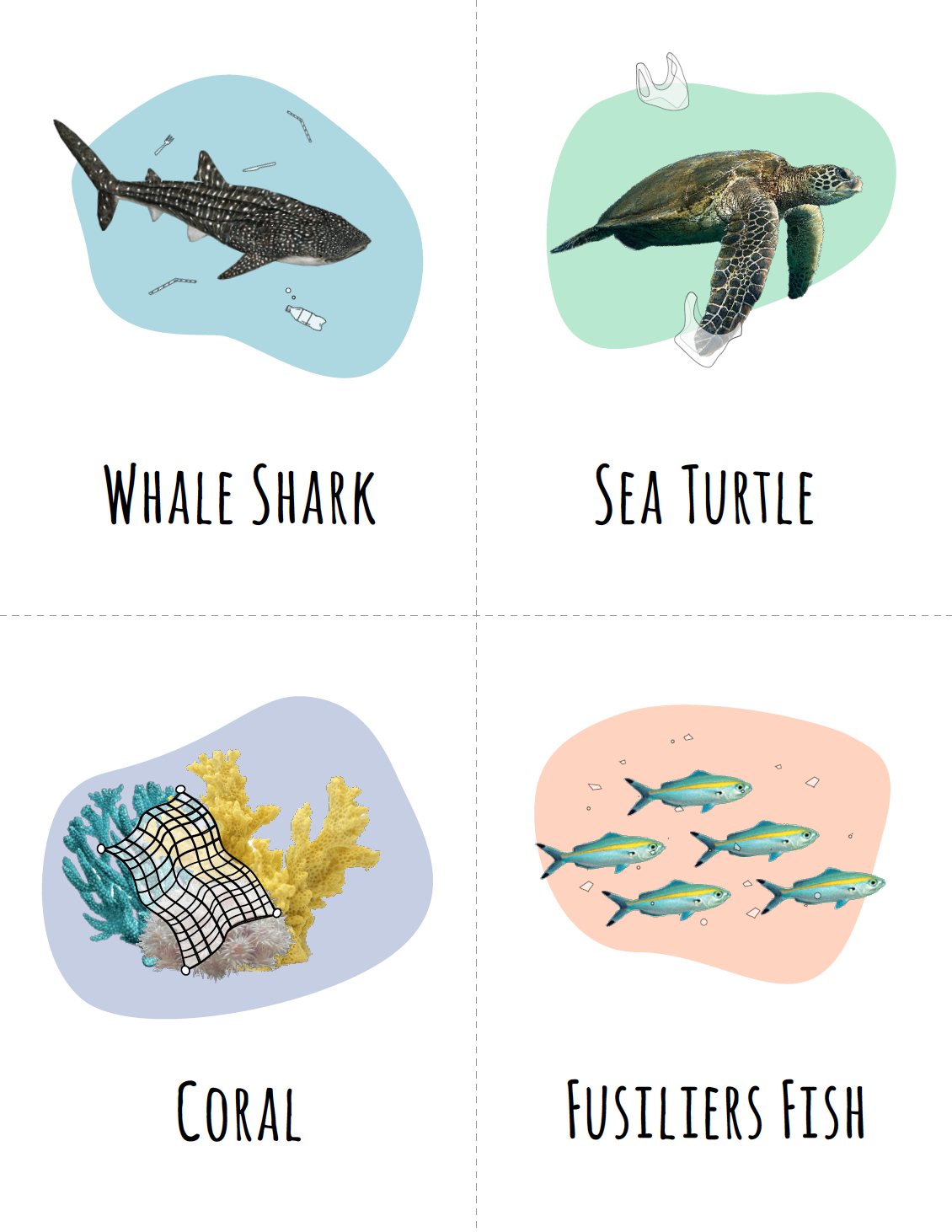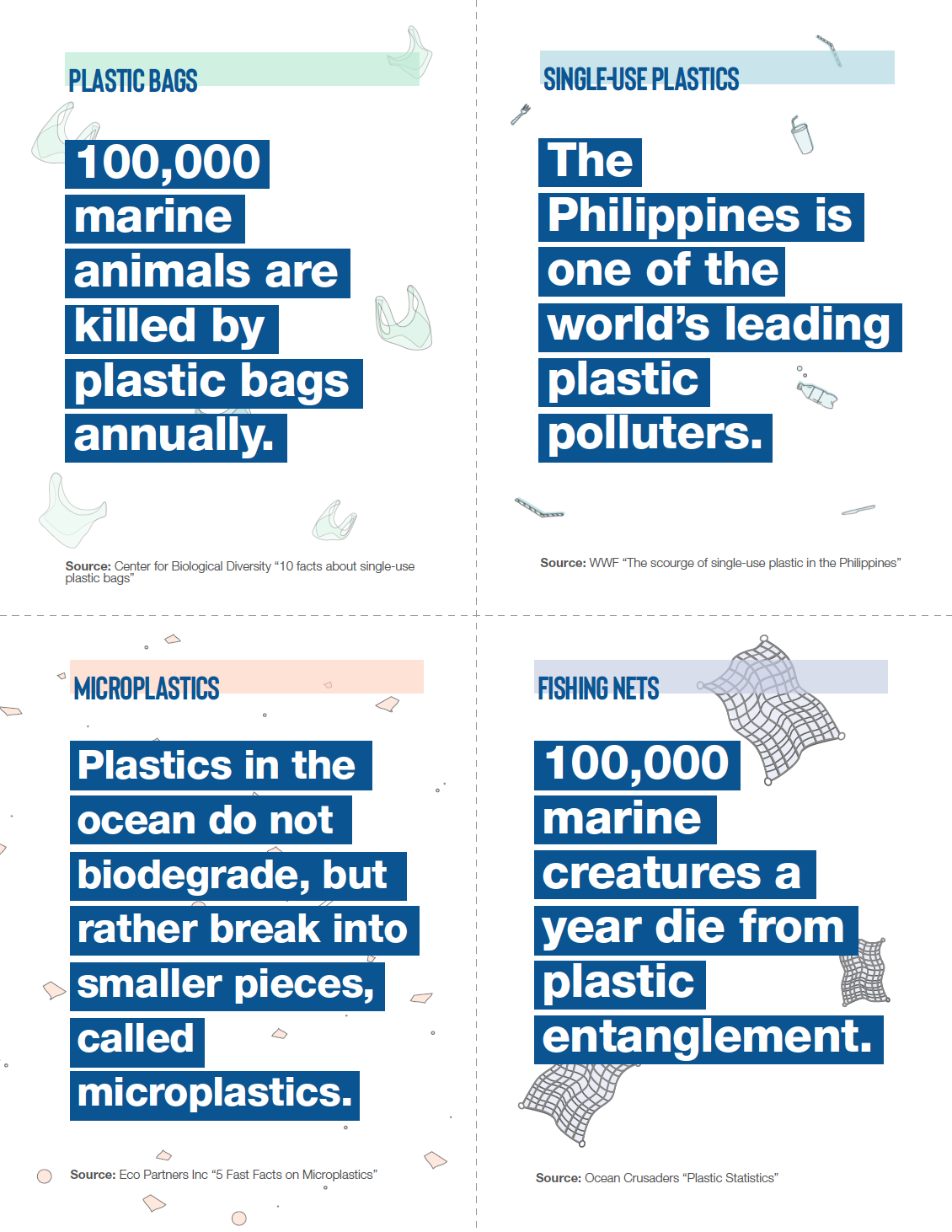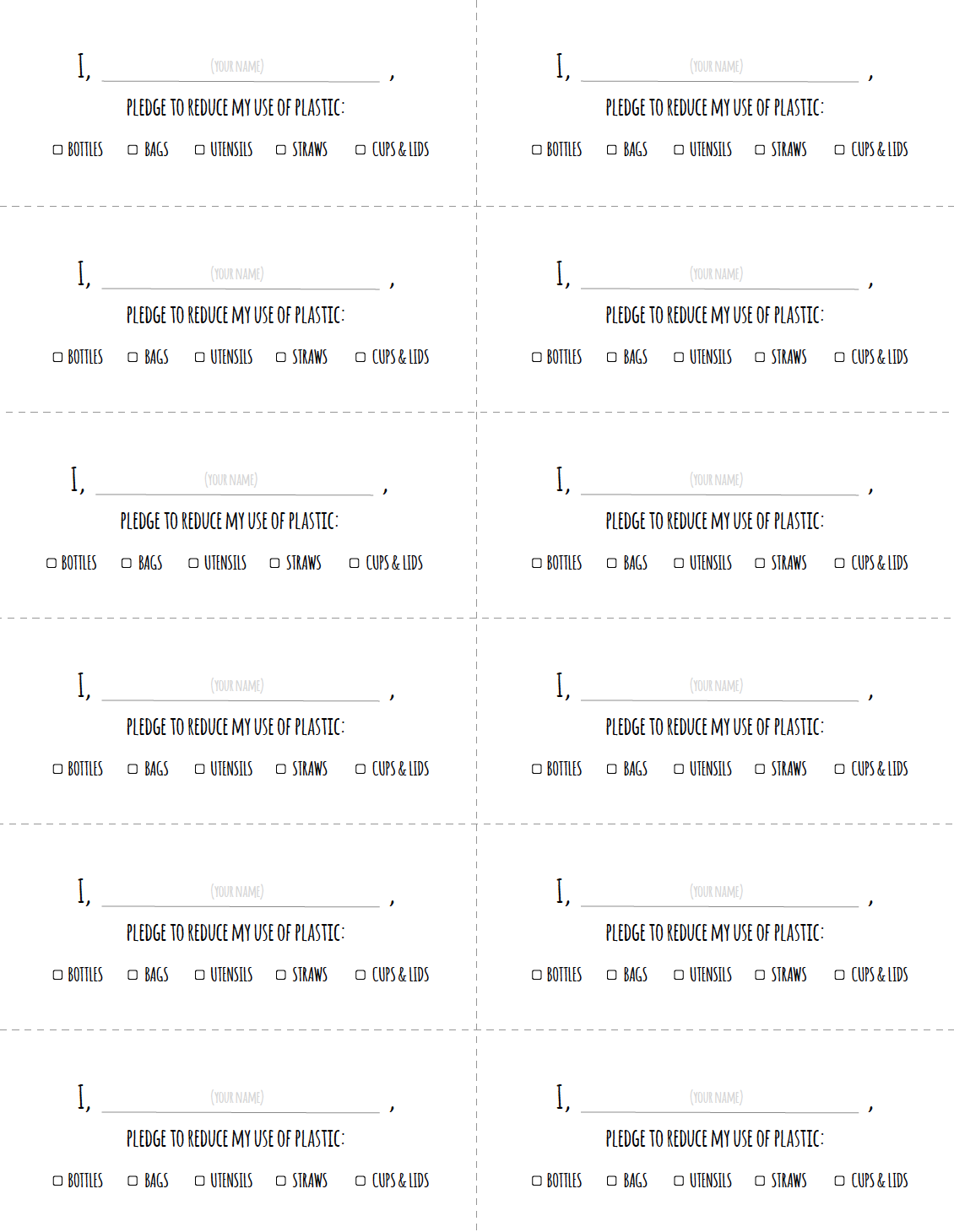Erina Molina
Grandpa’s Reef
Ben worked on: story development, grant writing, audio production, impact campaign design, and music
Collaborators: Vanina Harel (producer), Kyle McBurnie (VR cameraman, editor, producer), Erina Molina (educator, marine scientist), Sara Camnasio (educator, impact assessor), Mateo Hernandez (sound engineer), Glenn Barit (campaign photographer), Haribon Foundation Volunteeers
Funded by the National Geographic Society, Grandpa’s Reef is an underwater virtual reality film that aims to inspire young Filipinos to reconnect with the ocean. The film was produced in 2018 and initially distributed through an educational campaign in 5 middle and high schools in Sablayan, Philippines in March 2019. For the campaign and distribution of the film, we partnered with one of the largest conservation NGOs in the Philippines: the Haribon Foundation. The film has since been distributed by National Geographic and is available on their Youtube channel (watch below).
This project has now reached over 220,000 people.
We recommend using a VR headset and headphones.
BACKGROUND
The archipelago of the Philippines is known as the global epicenter of marine shore fish diversity, home to 2,824 marine fish species and 484 coral species. With more than 5 million fishers relying on fish and fishery products as a source of food and income, the marine ecosystem is a vital resource for the country’s growth and development. Unfortunately, the region is also one of the world’s most impacted by over-fishing and illegal fishing, with dynamite fishing still being used in certain areas. The Philippines is also the third largest marine polluter in the world.
By taking kids to a pristine, protected coral reef for the first time through VR, our team sought to shift their understanding of a healthy ecosystem and of what their ocean should look like, inspiring them to take action to protect their marine resources.
Glenn Barit
Production
In April 2018, part of the team traveled to Occidental Mindoro, in the Philippines, to shoot the film. The team worked on location in Apo Reef National Park, one of the largest contiguous coral reefs in the world, and in Donsol, one of the few places in the world where you can dive with whale sharks. For the out-of-water scenes, where we follow the story of a young girl, the team filmed in the nearby town of Sablayan, on a small island called Tabok.
Ambisonic audio
The audio for the film was recorded using 3D microphones and the film has spatial audio, which means sounds are “fixed” in the virtual space and cue viewers to look in different directions. This allowed us to put additional focus on several marine species that are featured in the film, as the sound enhanced their presence, and create a multi-layered story where both sound and image could guide a viewer’s experience.
DISTRIBUTION
In March 2019, we returned to the Philippines to begin the distribution of the film. We traveled to 5 schools throughout the island of Mindoro. At each school, we held sessions where students watched our film and took part in a design challenge focused on marine plastic pollution. Students also took a collective pledge to reduce at least one type of single-use plastic. Through this initial campaign, we reached over 1,000 students and collected 100+ student-created ideas to tackle marine plastic pollution.
At the end of our campaign, we donated our VR headsets to Haribon Foundation, along with a packaged toolkit of all the materials and instructions to run the accompanying lesson/design challenge. Haribon is continuing to distribute our film through their ongoing programs in the Philippines, so our film can continue to make an impact in the future.
impact evaluation
During our distribution campaign, we used surveys to collect data in an effort to measure the impact of our project. Every student who participated in our activities took a survey before the start and an almost identical one at the end. We are currently in the process of analyzing the over 1,000 student responses we collected. We hope our data will inform our own future projects as well as other organizations and individuals looking to explore VR and design thinking as tools for environmental education.
To read our full impact report click here.
download our lesson materials
Film Poster
The complete plan for the design challenge/lesson that accompanies our film can be found here. In addition, here are links to our lesson materials:
Feel free to contact me or contact our curriculum designer, Sara Camnasio, with any feedback, questions, or ideas for collaboration.




